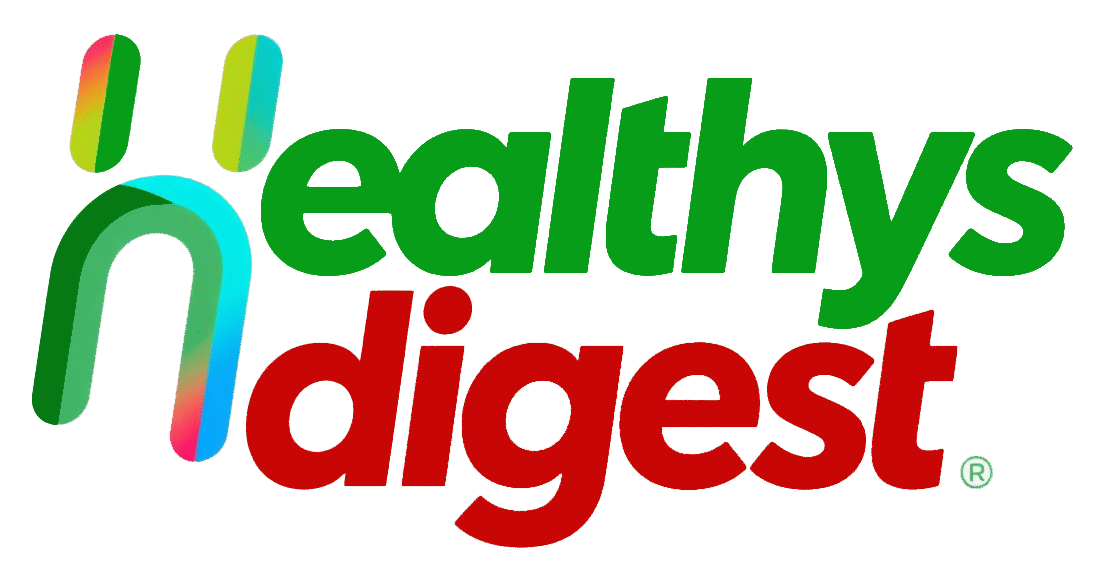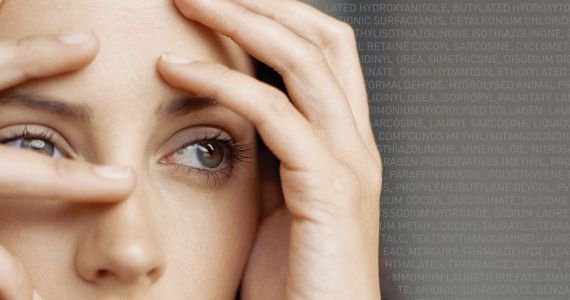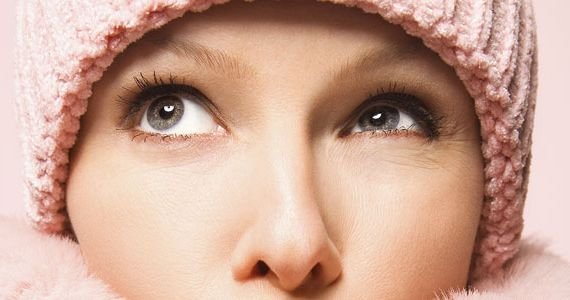Are you aware that the cosmetics you use might be jeopardizing your health? Many beauty products contain toxic chemicals that pose risks to our well-being.
These products can enhance your complexion, add sun-kissed highlights to your hair, impart a lovely fragrance to your skin, and provide a glossy finish to your lips. However, they could also be harmful to your health.
“Many personal care items are laden with toxic ingredients,” explains Stacy Malkan, a representative for the Campaign for Safe Cosmetics—a coalition dedicated to eliminating harmful chemicals from the beauty and health industries.
According to Malkan, “Approximately one-third of cosmetic products contain at least one chemical associated with cancer, and around 60 percent contain reproductive toxins.” Malkan is also the author of Not Just a Pretty Face: The Ugly Side of the Beauty Industry (New Society, 2007).
These figures are concerning, particularly when you consider that the average adult Canadian uses about seven different cosmetic products every day—ranging from cleansers and makeup to perfumes, deodorants, toothpaste, and soap.
Beauty Risks
Malkan points out that the core issue is the lack of consumer safety regulations.
“Regulations are minimal,” she states. “Manufacturers aren’t required to conduct safety tests on their products. This applies equally in both the US and Canada. It’s perfectly legal to include known toxic chemicals, resulting in the presence of lead, mercury, formaldehyde, lead acetate, and coal tar—extremely harmful substances—in cosmetics.”
Another commonly found toxin is phthalates, a synthetic compound linked to birth defects, often used to stabilize fragrances. A 2002 report from the Campaign for Safe Cosmetics detected phthalates in nearly 75% of 72 popular beauty products tested, despite the absence of this chemical on the labels.
“Consumers are increasingly aware that even low levels of harmful chemicals can be dangerous,” remarks Malkan. Yet many companies refuse to modify their practices. “They maintain the outdated belief that a small amount of poison is acceptable.”
Fragrance Concerns
“‘Fragrance’ is a significant loophole in labeling laws,” Malkan notes. “Companies are not required to disclose the components. When a product lists ‘fragrance,’ it can include numerous unlisted chemicals, rendering labels largely ineffective.”
How to Stay Safe and Look Great
The volume of cosmetics we use daily may feel overwhelming and lead to apprehension about harmful chemical exposure. However, maintaining safety is more manageable than it appears. The Campaign for Safe Cosmetics offers an excellent starting point. Their website (safecosmetics.org) features a database of 25,000 products, allowing you to verify the safety of your favorite cosmetics. They also introduced the Compact for Safe Cosmetics, a commitment from companies to ensure their products are free from toxic chemicals.
Additionally, visit Health Canada’s Cosmetic Ingredient Hotlist (hc-sc.gc.ca) to find information on restricted and prohibited ingredients.
“Our goal is to empower people with knowledge instead of instilling fear,” states Malkan. “We must change our habits; merely shopping won’t resolve the issue.”
Practical Tips to Minimize Toxin Exposure
- Limit the use of products containing synthetic chemicals.
- Avoid heavily fragranced items.
- Carefully read labels (keeping in mind that not all chemicals may be disclosed).
- Prioritize finding safer high-exposure products such as body lotion, facial cream, and deodorant.
- Check the Campaign for Safe Cosmetics website (safecosmetics.org) to see if your preferred products are safe choices.






